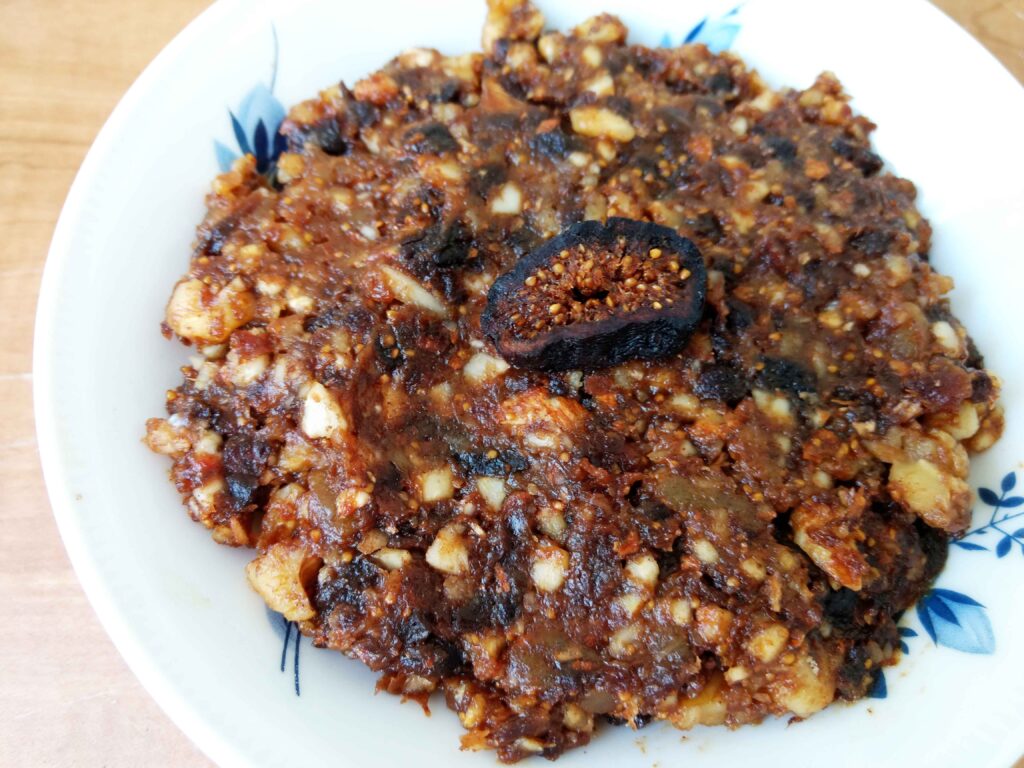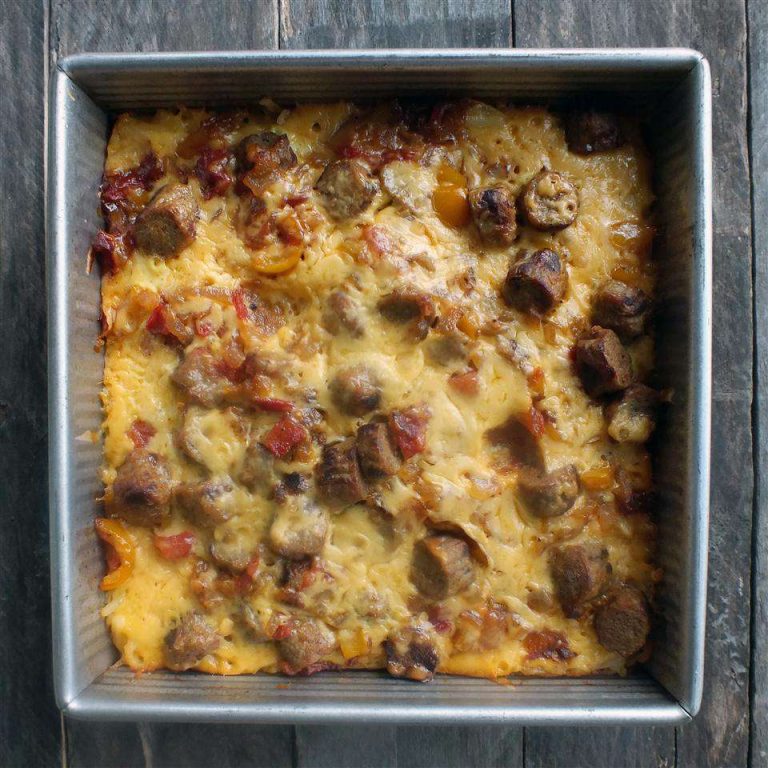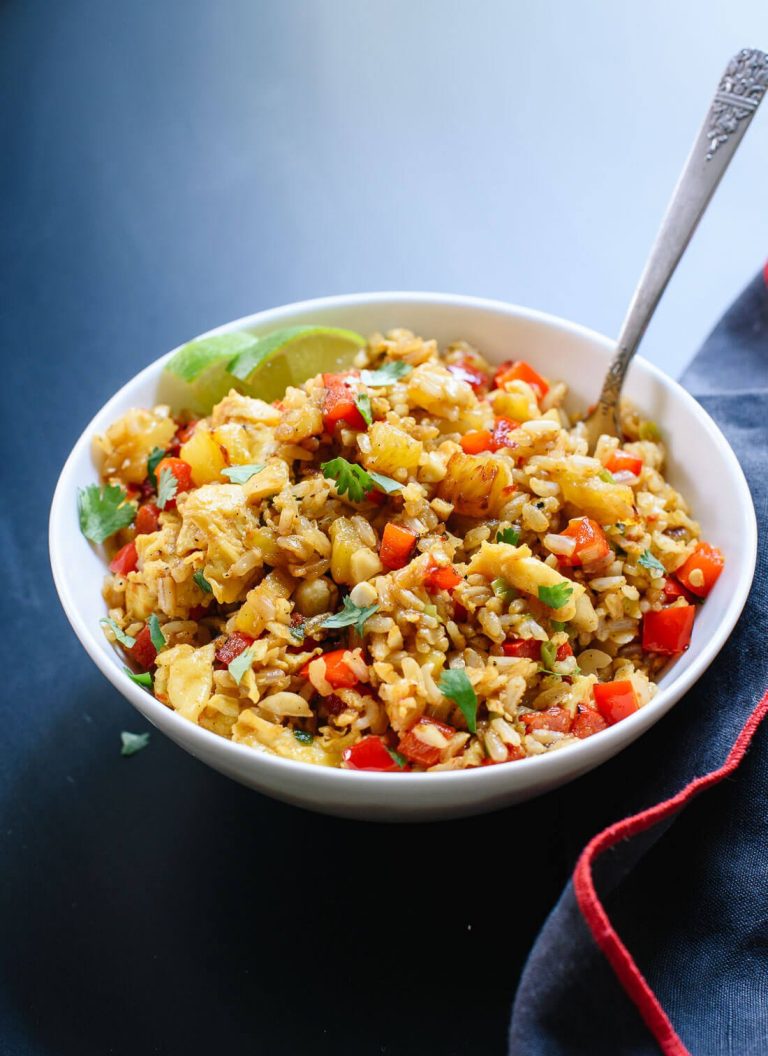Charoset: History, Variations, and Health Benefits of This Passover Dish
Charoset holds deep roots in Jewish tradition, tracing back to the Biblical Exodus story. During the Passover Seder, it is one of the symbolic foods on the Seder plate. According to the Haggadah, it represents the mortar that Hebrew slaves used in Egypt. This dish connects participants to their ancestors’ hardships, evoking the essential themes of Passover—freedom and liberation. Religious texts like the Talmud mention charoset, further anchoring its historical significance.
Variations Across Different Jewish Communities
Charoset recipes vary widely across Jewish communities, reflecting local ingredients and cultural influences. Sephardic Jews, for example, mix dates, figs, and raisins with spices like cinnamon and cloves. Ashkenazi Jews often use apples, walnuts, and red wine. Mizrahi Jews include ingredients like pomegranates and pistachios, adding to the diversity of flavors. These regional variations honor each community’s heritage while adhering to the overarching symbolism of charoset in the Passover tradition.
| Jewish Community | Common Ingredients |
|---|---|
| Sephardic | Dates, figs, raisins, cinnamon, cloves |
| Ashkenazi | Apples, walnuts, red wine |
| Mizrahi | Pomegranates, pistachios |
By recognizing these variations, you can appreciate how charoset unites different Jewish communities through shared history and rich culinary diversity.
Key Ingredients and Preparation
Common Ingredients in Ashkenazi and Sephardic Recipes
Charoset recipes typically consist of fruits, nuts, and spices, varying between Ashkenazi and Sephardic traditions. Ashkenazi charoset, commonly found in European Jewish communities, features:
- Apples: Chopped or grated, they add crispness.
- Walnuts: Coarsely chopped for texture.
- Red Wine: Adds richness and binds the mixture.
- Cinnamon: Provides warmth and complexity.
- Honey: Sweetens the mixture naturally.
Sephardic charoset, prevalent in Middle Eastern and Mediterranean Jewish communities, often includes:
- Dates: These are the primary sweet component.
- Figs: Add a different dimension of sweetness.
- Almonds: Ground or chopped for texture.
- Red Wine or Grape Juice: Used to moisten the mixture.
- Spices: Such as cinnamon and cloves for depth.
Modern Twists on Traditional Recipes
Innovative takes on charoset cater to diverse tastes and dietary needs, while honoring tradition. Examples include:
- Tropical Variations: Incorporate pineapple, mango, or coconut.
- Nut-Free Options: Use seeds like sunflower or pumpkin seeds.
- Sugar Substitutes: Replace honey with agave nectar or maple syrup.
- Wine Alternatives: Opt for non-alcoholic grape juice or apple cider.
- Spiced Enhancements: Experiment with cardamom or anise for a fresh twist.
These modern adaptations ensure charoset remains relevant and delicious while preserving its symbolic essence.
How To Serve Charoset
Traditional Uses During Passover
Charoset holds a prominent place on the Passover Seder plate. Its presence symbolizes the mortar used by Hebrew slaves to build structures in Egypt. To serve charoset during Passover, place it in a small dish on the Seder plate. During the Seder, participants dip maror (bitter herbs) into the charoset to lessen the taste of the bitterness, reflecting the hope for sweeter times amidst hardships. Additionally, charoset is typically eaten with matzah, symbolizing the Hebrews’ hasty departure from Egypt.
Contemporary Serving Ideas
Modern interpretations of serving charoset adapt to varying tastes and dietary needs. To present a stylish charoset platter, consider incorporating a trio of charosets, each from different Jewish traditions. Place small bowls of Ashkenazi, Sephardic, and Mizrahi charosets on a serving board. Serving charoset as a spread for matzah crackers at appetizer stations offers guests an interactive experience. For a creative twist, layer charoset in parfait glasses with Greek yogurt and granola, creating an appealing dessert option. If hosting a larger gathering, self-serve stations with a variety of charoset flavors and accompaniments like assorted cheeses, fresh fruits, and nuts can enhance the celebration.
Health Benefits
Nutritional Components
Charoset offers an array of nutritional benefits due to its diverse ingredients. Apples, one common component, are rich in dietary fiber and Vitamin C. Walnuts, often included in Ashkenazi recipes, provide omega-3 fatty acids and protein. Dates and figs, featured in Sephardic versions, contribute high levels of antioxidants, potassium, and fiber. Red wine or grape juice, used in many recipes, contains resveratrol, which can promote heart health. Spices like cinnamon and cloves offer anti-inflammatory properties. Each ingredient brings specific nutritional advantages, enhancing the overall health benefits of charoset.
Dietary and Allergenic Considerations
When preparing charoset, consider dietary preferences and allergenic ingredients. For those on gluten-free diets, most traditional charoset recipes comply, as they don’t typically contain gluten. If you’re vegetarian or vegan, charoset naturally fits these diets due to its plant-based components. Allergies to nuts may be a concern; you can substitute nuts with seeds like sunflower or pumpkin seeds to maintain a similar texture and nutritional profile. Tailoring the ingredients to accommodate dietary restrictions ensures everyone can enjoy this symbolic dish during Passover.
Conclusion
Charoset remains a cherished symbol of freedom and resilience during Passover Seder. Its variations across different Jewish communities showcase the rich tapestry of cultural traditions. Whether you prefer the classic recipes or enjoy experimenting with modern twists, charoset’s versatility ensures there’s something for everyone. Embrace the health benefits and adapt the dish to meet your dietary needs, making it an inclusive and meaningful part of your celebration. As you prepare your charoset this Passover, remember its deep-rooted significance and the shared history it represents.





